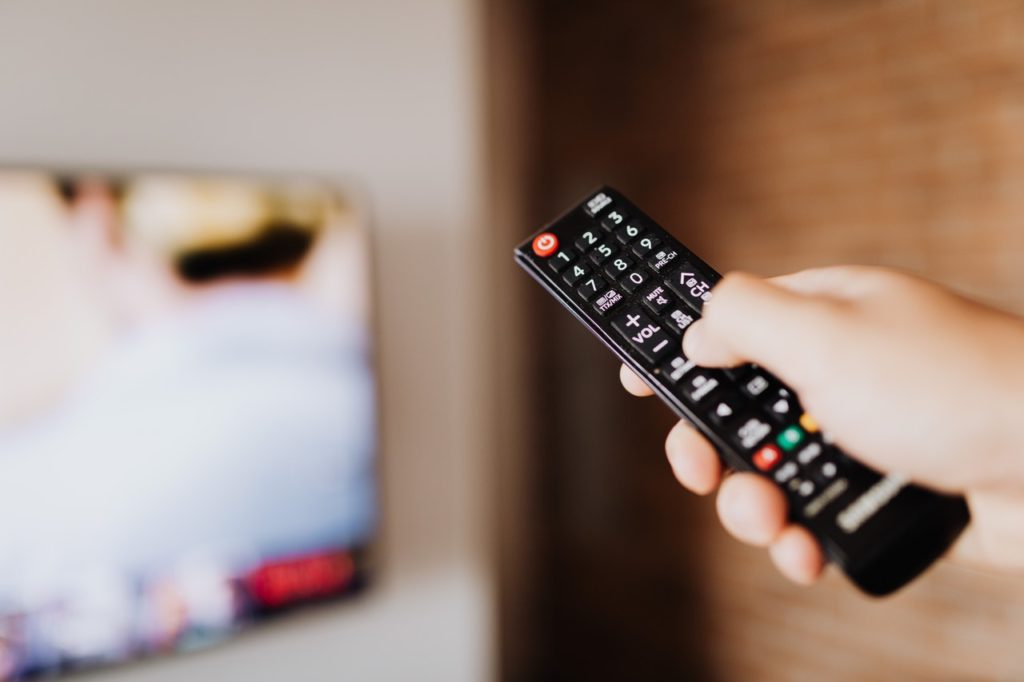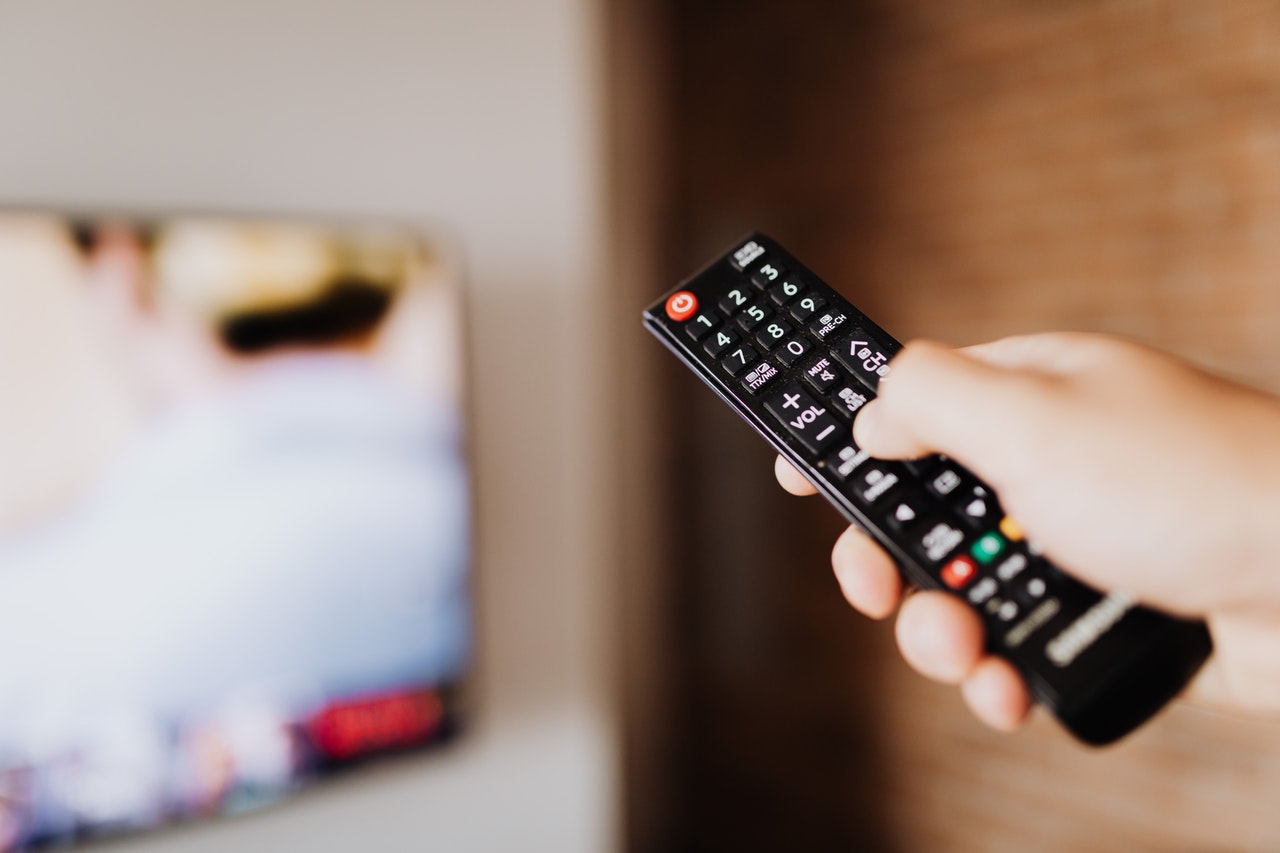
I learned this today. Most TV remote controls operate by sending binary signals to the TV using infrared light.
The remote controller in your house has an LED fitted to the end of it. This LED emits a wavelength of 940 nm, which is infrared. The human eye can only detect wavelengths between 380 and 700 nanometers so we can’t see the light coming out of the remote controller. The TV has an infrared detector built into it to pick up the signals from the remote controller.
The processor within the TV works using binary, in the same way as a computer. Every function that the TV is capable of is completed using a binary command. For example, the binary code to turn the volume up on a Sony TV is 001001.
The remote controller flashes infrared light to transmit this binary code. It does it in the same way as Morse code is transmitted. The remote controller sends a flash with a short pause for a 0 and a flash with a long pause for a 1. However, when I say short and long pause, I mean in computer terms, not in human terms. The infrared light usually flashes at a frequency of 38 kHz, which means about 38,000 times a second. So, the 001001 for the Sony TV would take milliseconds to send.
The detector in the TV is programmed to only respond to infrared light that is pulsing. This is because the sun and some lights also emit infrared light, but as a constant wave. If the TV responded to all infrared light, you wouldn’t be able to control it. The sensor on the TV has a filter to cut out as much light that is not 940 nm as possible. This means that bright sunlight and background light don’t stop it working.
After the remote controller has sent the code for the function you want, it sends a specific code for the TV or device you are using. This is so that one controller can’t operate different TVs, or someone else can’t switch your TV off. There are such things as universal remotes, and they fall into two categories. The first kind send a list of all known device codes to the TV after they have sent the function command. The second type learn the frequency of your TV.
The first example of wirelessly controlling a device was in 1894, but the first TV remote was invented in 1950. It was connected to the TV by a wire and was called the “Lazy Bones”! Nice name. I’m not sure how many they sold. In 1955, a device called the “Flashmatic” was invented that used a beam of light. The problem was it couldn’t filter out other light sources and it had to be pointed perfectly at the sensor.
In 1956, an ultrasound remote controller was invented. When a button was pressed, the remote controller made a clicking sound that the TV picked up. The processor in the TV translated the clicks into a command to perform a function. Remote controllers only had basic buttons at this point. On/off, volume, channel up/down. The next evolution was the use of piezoelectric crystals that made a sound when a current passed through them. They sent a sound that was above the frequency of human hearing, although dogs could hear it.
In 1973, the BBC introduced its Ceefax Teletext service. This was a system of information pages you could view on your TV by going to a specific numbered channel. That meant remote controllers that could input a channel number rather than just up or down were necessary. Various companies tried to come up with a device using ultrasound, but a Canadian company invented a remote controller that used infrared rather than sound. It became hugely popular, and the infrared technology became the norm for all remote controllers. Some modern controllers use Bluetooth or Wi-Fi, but infrared is still the technology used in the majority of devices.
So, TV remote controllers work by sending a pulsed infrared signal to a detector in the TV. The pulse sends 0s and 1s in a binary code to command the TV to perform a function. The controller also sends the maker’s code so that you can only operate your own TV. The signal is sent at 38 kHz, so it can’t be confused with the sun. And this is what I learned today.
Sources
https://en.wikipedia.org/wiki/Remote_control
https://electronics.stackexchange.com/questions/187754/infrared-led-binary-code
http://www.arrl.org/files/file/ETP/TV%20remote%20decoder%20kit%20ver%202_2.pdf
https://home.howstuffworks.com/universal-remotes.htm

